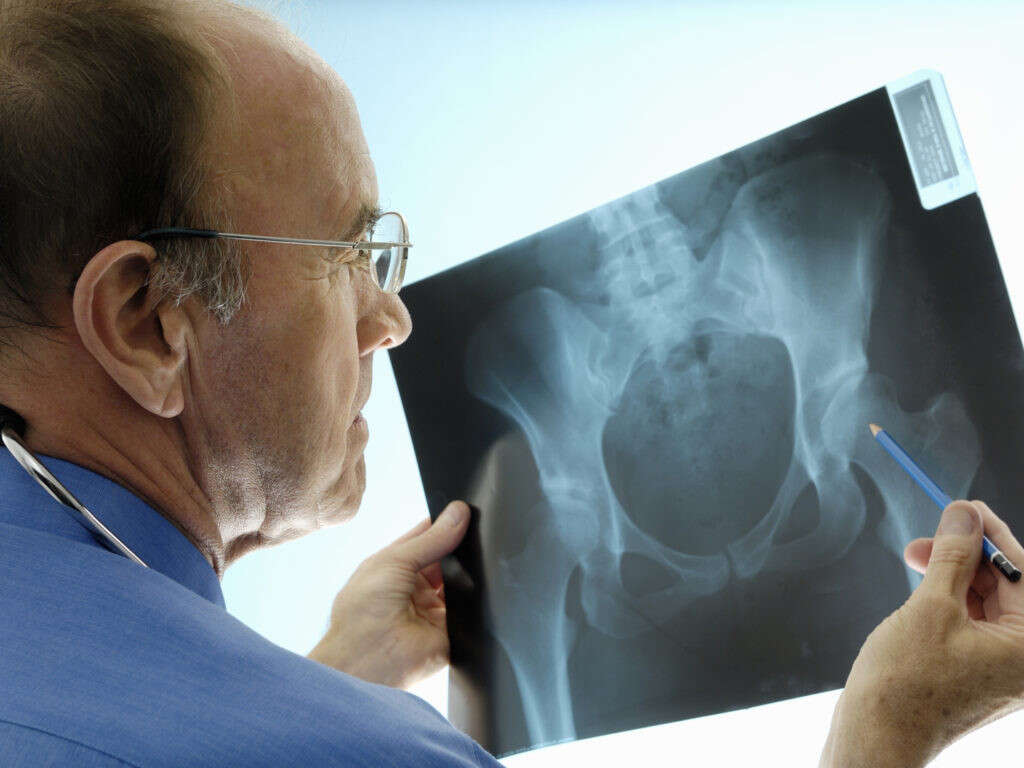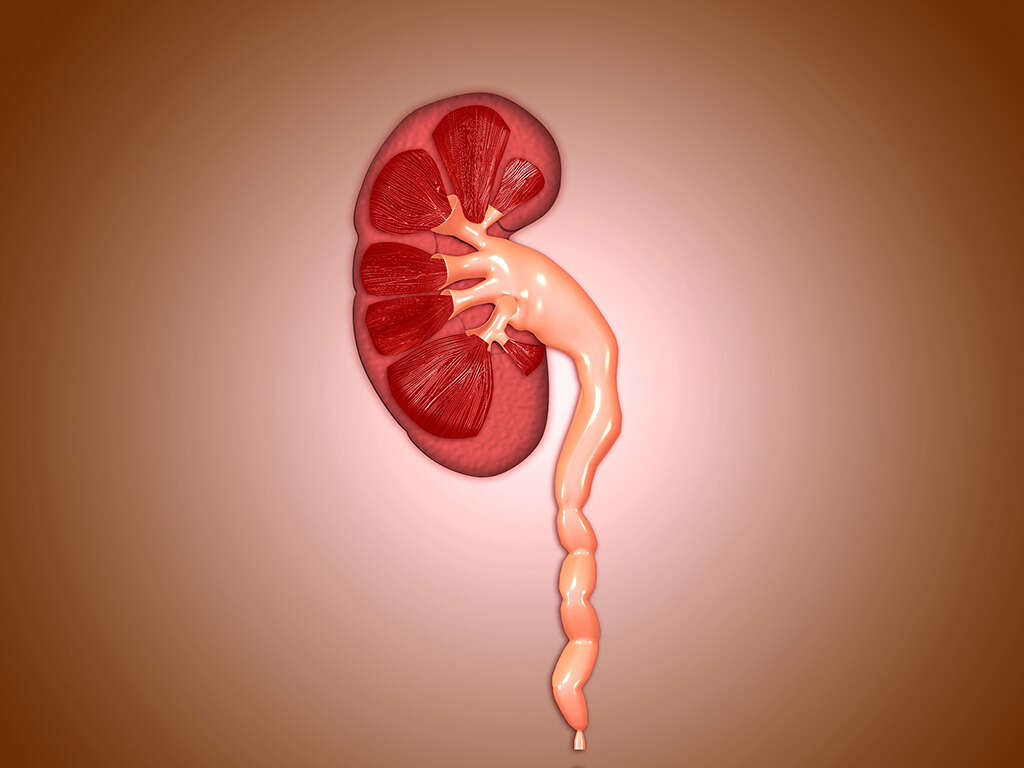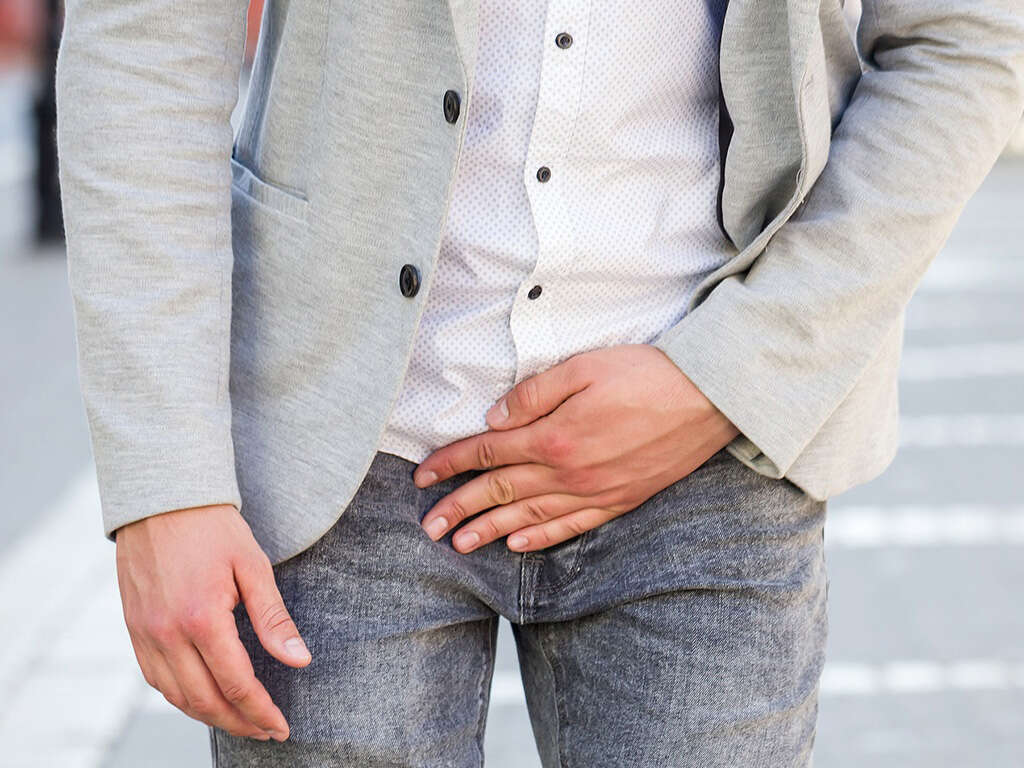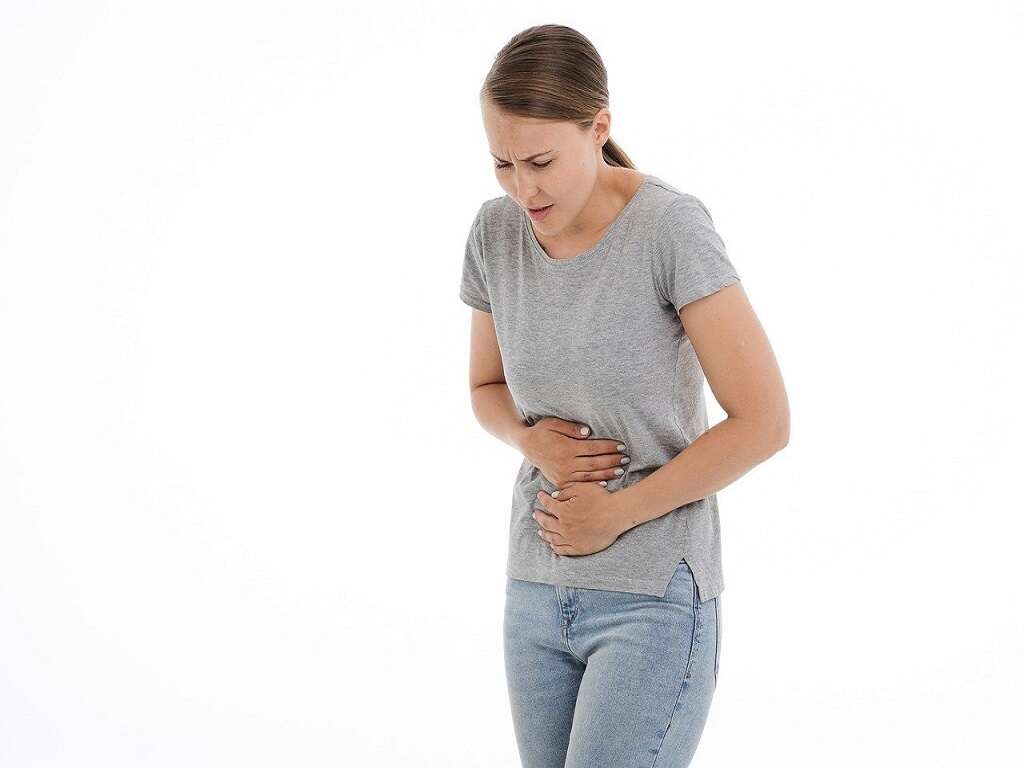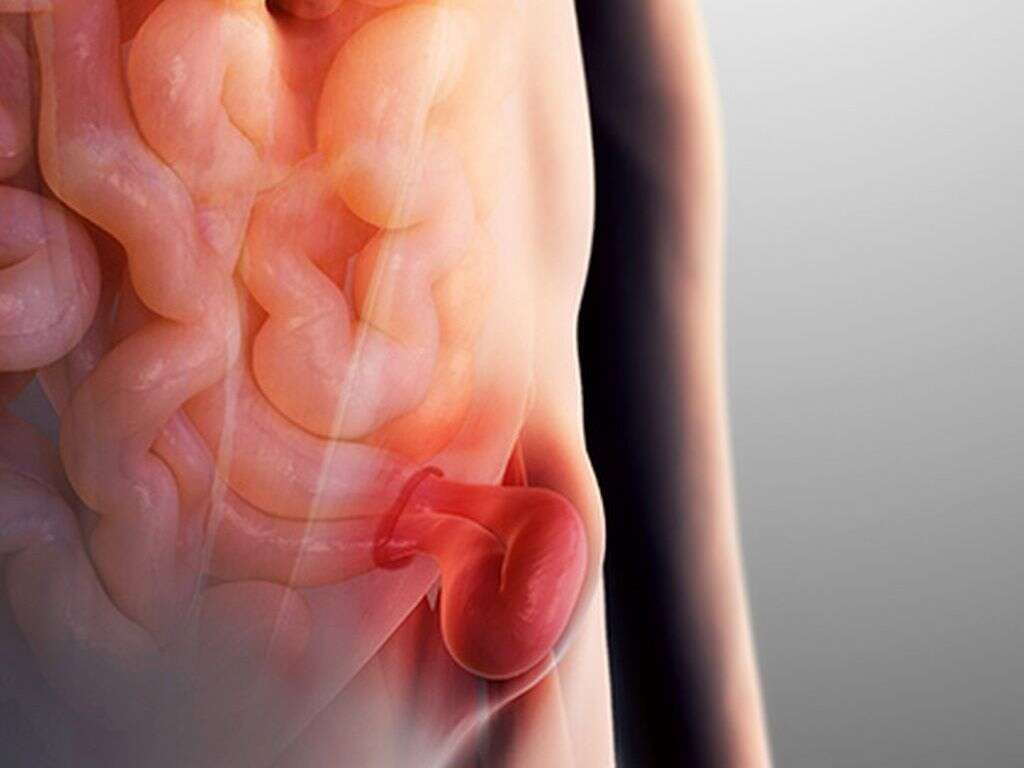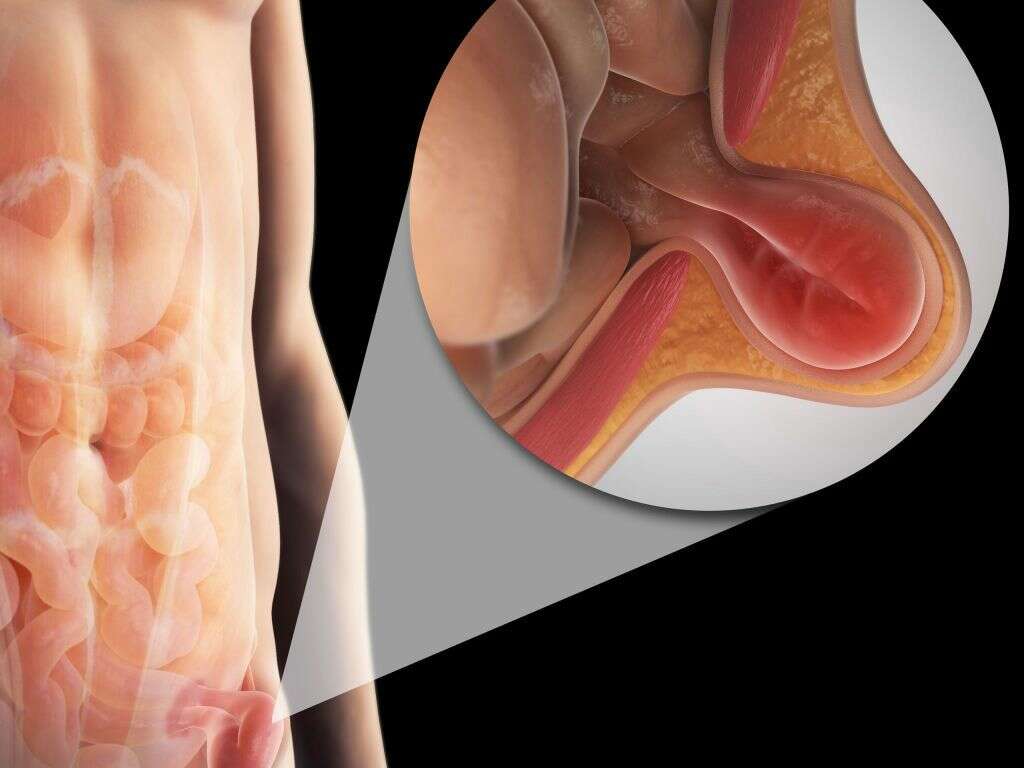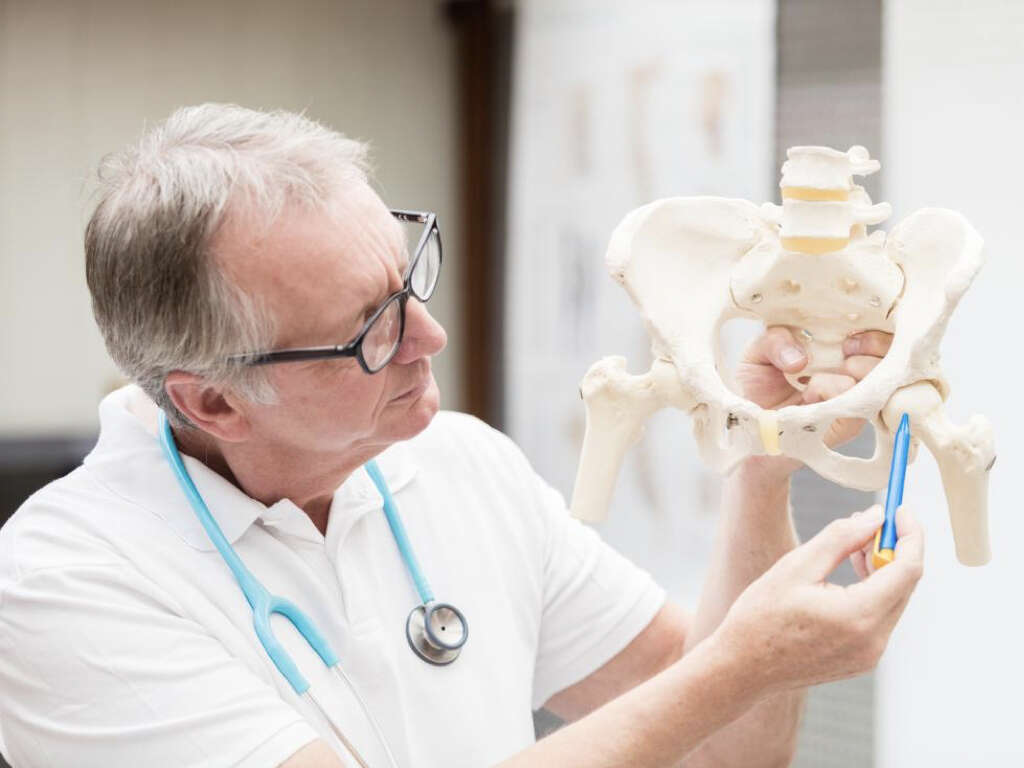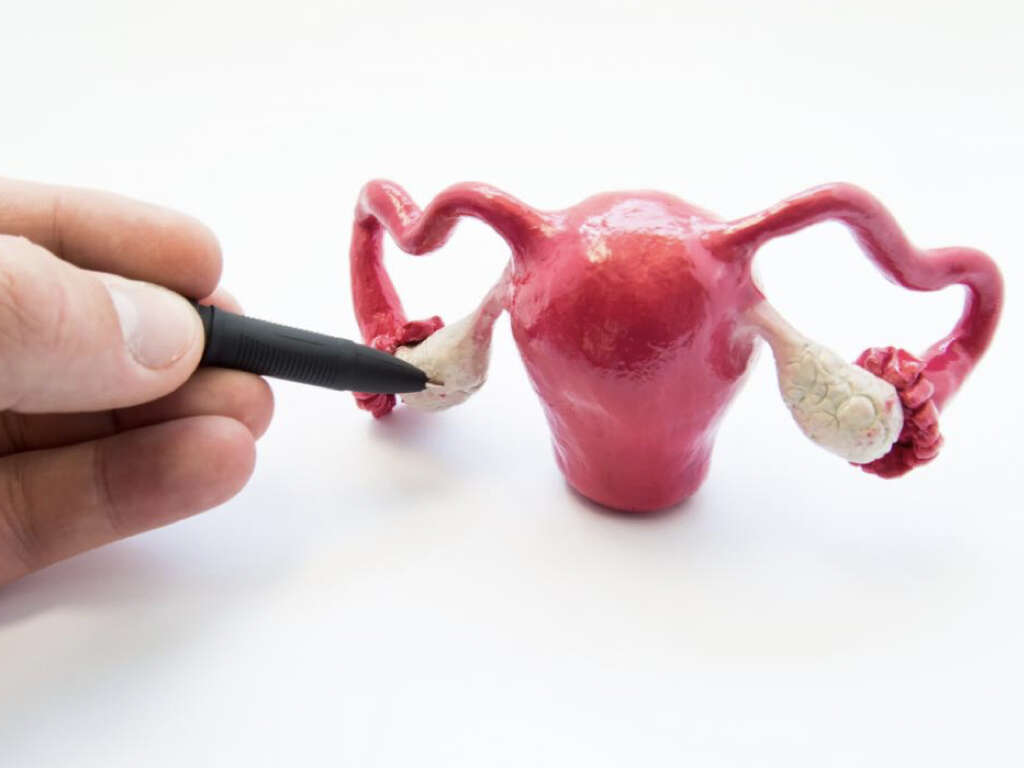10 Pulled Groin Symptoms
A pulled groin or groin strain occurs when the hip adductor muscles are involved. The hip adductor muscles consist of the adductor longus, adductor brevis, adductor magnus, pectineus, and gracilis muscles. These muscles are responsible for the adduction of the thigh (bringing the knee and femur closer to the midline). A pulled groin or groin strain refers to the complete or partial tear of one of the abovementioned muscles.
Groin strains are most commonly seen among individuals who play sports such as football, track and field, hockey, and skiing. The severity can range from grade 1 to grade 3. Grade 1 is mild with little to no symptoms (less than 10 percent of muscle fibers are torn). Grade 2 is more severe and results in difficulty with daily activities (10 to 90 percent of muscle fibers are torn). Grade 3 is severe and can cause significant issues with daily routine (muscle is almost completely or completely ruptured or torn).
Diagnosis can be based on the patient’s history, physical examination, and imaging (magnetic resonance imaging) to assess the extent of the tear. Risk factors of a pulled groin include tight muscles, sports where there are sudden changes in direction or bursts of speed, fatigue, poor conditioning, and returning to activities too quickly after experiencing an injury. Treatment includes rest, ice packs, pain medication, and physical therapy. Below are 10 symptoms of a pulled groin to look out for.
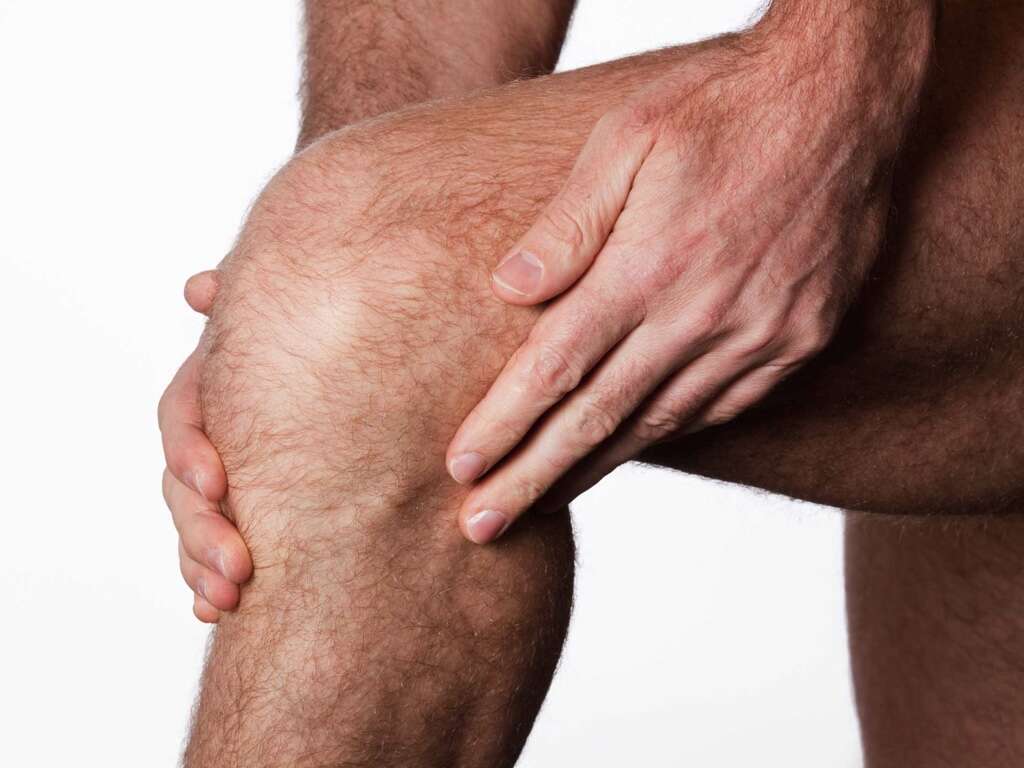
Symptom #1: Bruising
A bruise or contusion is a hematoma due to the damage of capillaries caused by trauma. It occurs when there is internal bleeding that is localized and extravasates into the surrounding tissue. Since most bruises are superficial, the bleeding under the skin causes a visible discoloration and remains visible until the blood is reabsorbed or cleared by the immune system.
In a pulled groin, bruising can occur in more severe cases due to muscle tear or damage. Bruising is usually apparent in a grade 3 tear. It can occur at the groin and inner thigh.

Symptom #2: Swelling
When an injury occurs, swelling is often a common sequela due to accumulation of fluid. When an injury occurs, there is tissue damage, causing the release of bradykinin and histamine. This leads to dilation of the blood vessels, which allows more blood to reach the injured area. Inflammation has a protective function.
When bradykinin and histamine are released, pain signals are sent to the brain. This results in the individual realizing that an injury has occurred, and rest or attention is needed to the region to allow healing. The inflammatory mediators also allow immune system cells and fluid to easily pass through the vessels resulting in swelling. Swelling usually resolves once fluid is transported out of the tissue.

Symptom #3: Pain
A pulled groin can cause pain in the groin and lower abdominal region. Depending on the severity of the condition, the pain may persist or resolve on its own. It can also develop into a different type of pain. Some patients have reported sharp stabs or pain or throbbing pain at rest.
A lower grade strain may have little to no pain during everyday activities, which are only aggravated when quick movements such as sprinting or running are involved. In higher grade strains, it can lead to other associated symptoms such as weakness or tightness of the muscles. Pain can be managed using pain medication such as paracetamol (acetaminophen) or nonsteroidal anti-inflammatory drugs (NSAIDs) like ibuprofen or naproxen.
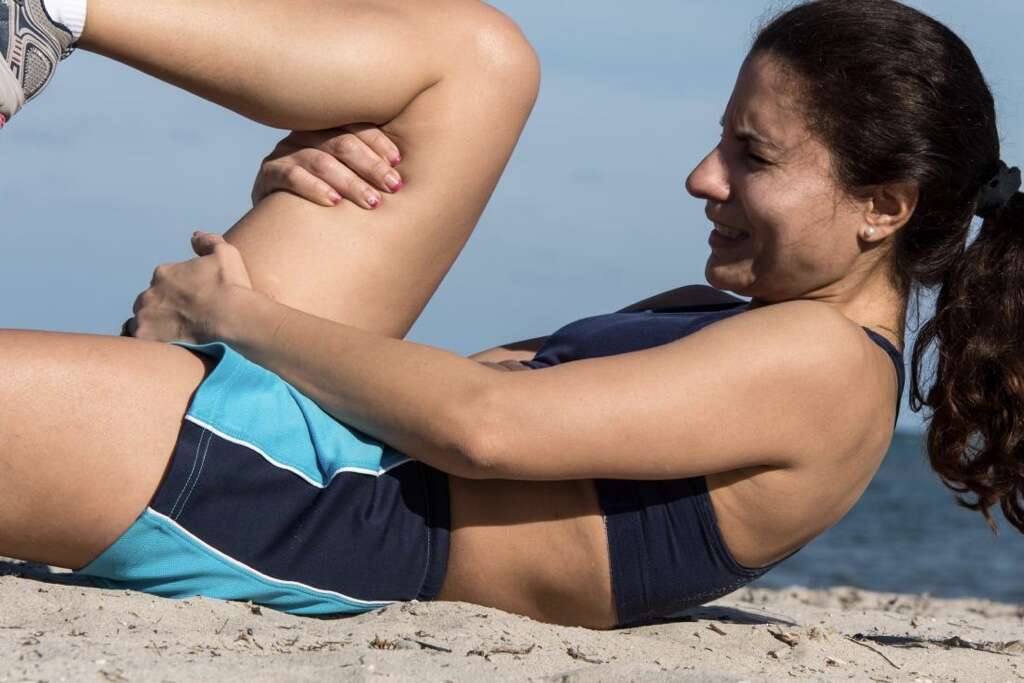
Symptom #4: Warmth
In a pulled groin, the affected area may feel warmer compared to other parts of the body due to increased blood flow to the injured site. An injury results in the release of histamine and bradykinin. This causes the dilation of blood vessels, allowing more blood to flow to the damaged tissue.
The increased blood flow to the affected region helps reduce further damage and starts the healing process. This can be attributed to more immune systems that are being carried to the injured region. Warmth is one of the cardinal signs of inflammation. Other associated symptoms include pain, redness, swelling, and loss of function.
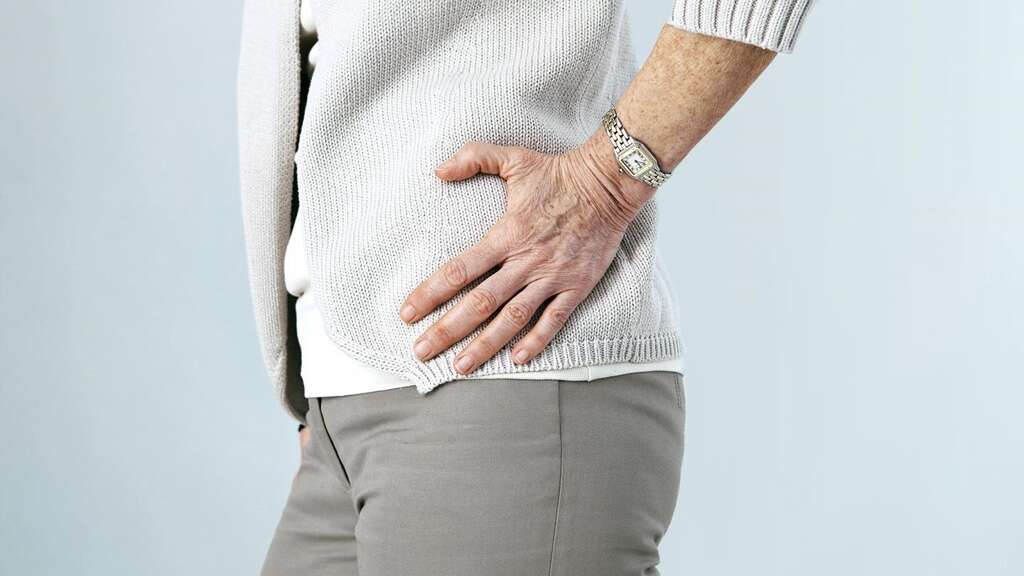
Symptom #5: Limping
A limp refers to an asymmetric abnormality of the gait. It can be due to muscle weakness, pain, skeletal deformity, or a neuromuscular imbalance. The most common cause of a painful limp is injury or physical trauma. The diagnosis of a limp includes the use of blood tests, X-rays, and possibly a joint aspiration.
Pain can be managed using paracetamol (acetaminophen) or NSAIDs. Limping can also be seen when a pulled groin occurs as the damage to the muscles or muscle tears may cause difficulty with movement. Pain is often exacerbated with movement.
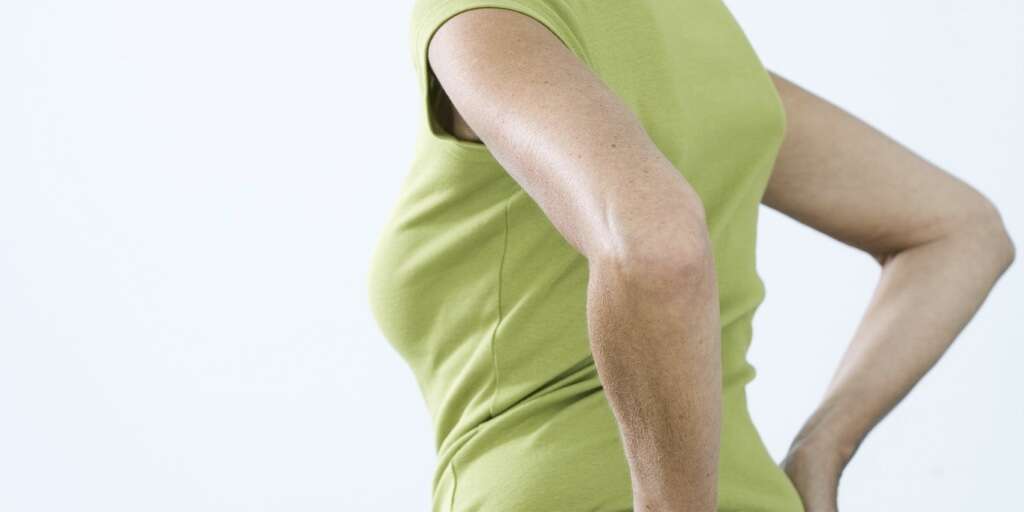
Symptom #6: Weakness
Muscle weakness occurs when there is lack of muscle strength. There are many causes of muscle weakness and it can be categorized into true or perceived muscle weakness. True weakness occurs when there is a skeletal muscle disease (inflammatory myopathy, muscular dystrophy, myasthenia gravis), injury, or electrolyte imbalance. Perceived muscle weakness occurs when the affected individual feels that more effort is required than usual to exert an amount of force despite having normal muscle strength. This can be seen in conditions such as chronic fatigue syndrome.
Muscle weakness in a pulled groin is true weakness as it may be due to muscle tears or damage. Physical therapy is important as it can help regain muscle strength, improve movement, prevent future injury, and accelerate healing.
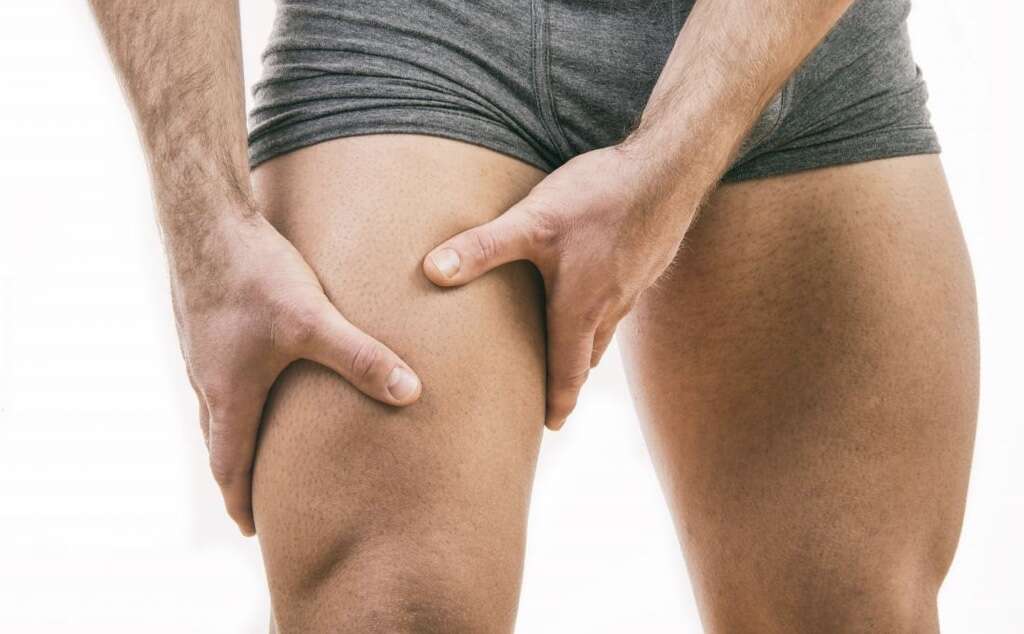
Symptom #7: Tight Muscles
Tight muscles or muscle stiffness can cause difficulty with movement, especially after prolonged periods of rest such as after waking up. Some patients may also experience muscle pain and cramping. It should be noted that tight muscles are different from spasticity or rigidity as they do not improve with movement. Muscle tightness usually resolves on its own. Relief occurs with regular stretching and exercise.
In a pulled groin, muscle stiffness can easily occur even in mild cases. This may be resolved by seeing a physical therapist who can help reduce pain and improve both muscle strength and movement to accelerate the healing process.
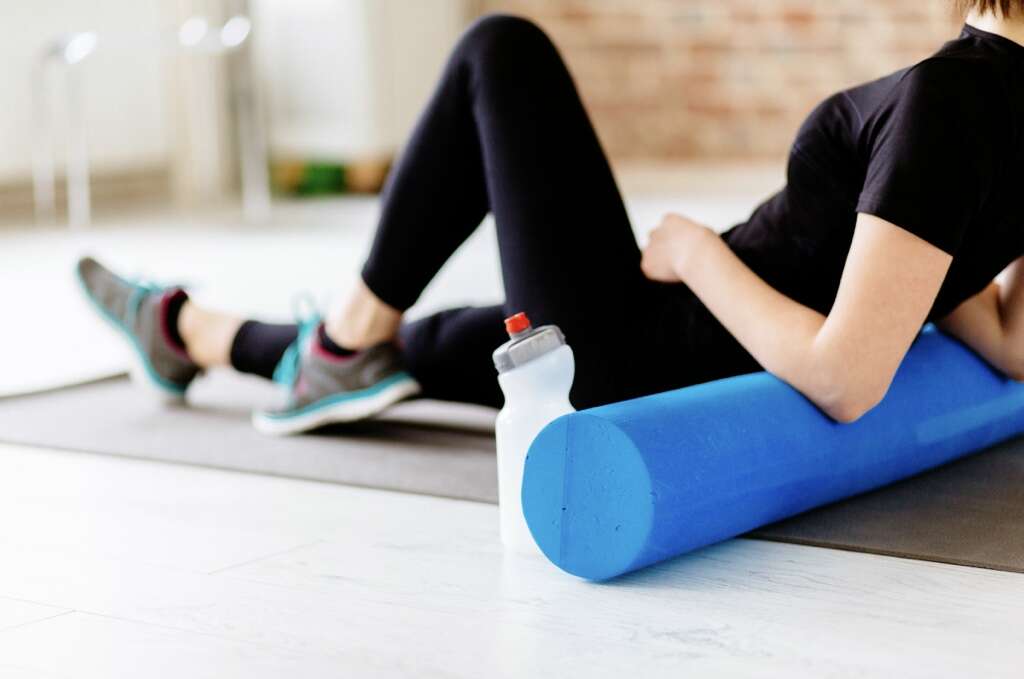
Symptom #8: Tenderness
Tenderness refers to discomfort and pain that is felt when the affected region is touched. It should not be confused with pain that occurs without touch. Pain occurs as a patient’s perception while tenderness occurs when another person touches the affected area.
In a pulled groin, besides pain, there is also tenderness on the inside of the thigh and groin. Pain and tenderness can be managed using pain medication such as paracetamol (acetaminophen) and NSAIDs. Rest is also recommended. Other possible methods that can help with pain and tenderness include application of ice packs or heat therapy.
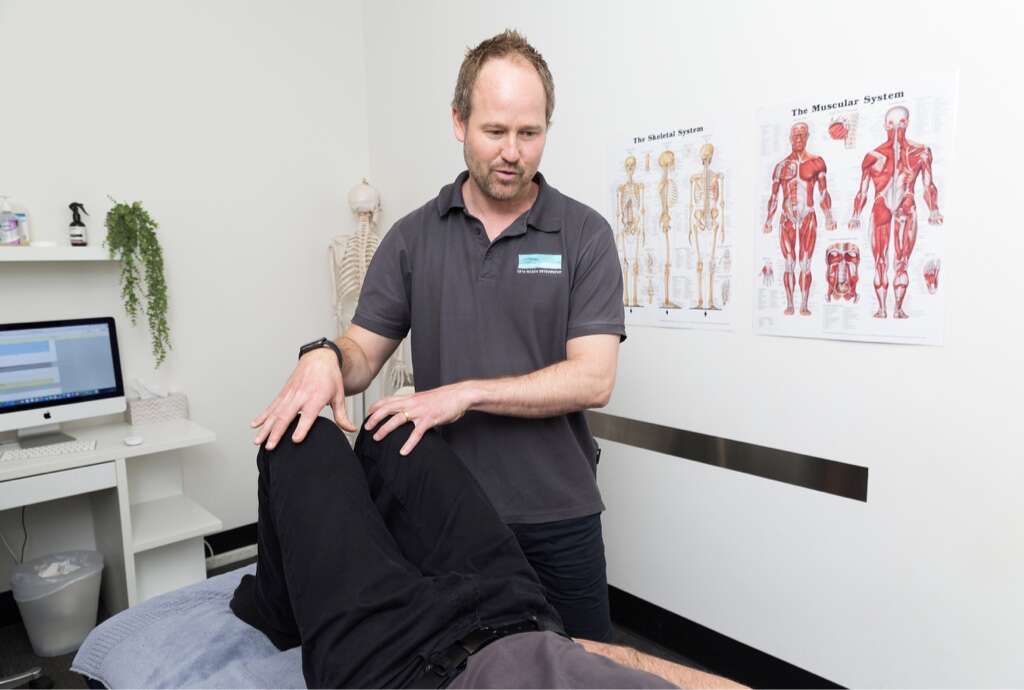
Symptom #9: Popping or Snapping Sound
A popping or snapping sound can be heard or felt when there are tears of the affected region. In a groin strain, the pop or snap is usually felt or heard in a grade 3 tear. A grade 3 groin strain occurs when there is severe tear of the muscle fibers. It can be a complete or partial tear.
Some associated symptoms include swelling, bruising, and severe pain. In some cases, a “dent” in the muscle may appear at the site of the tear. There can also be difficulty with movement and weight bearing.

Symptom #10: Difficulty with Movement
A pulled groin can cause pain. Depending on the severity of the pulled groin, the pain can be mild to severe. In a low-grade strain, there can be difficulty with certain movements such as sprinting, running, sit-ups, or kicking as these movements aggravate the pain.
More severe strains can further lead to tight muscles and weakness. This causes issues such as lifting the knee or leg and bringing the knees together. This can worsen the pain and cause muscle spasms. If there is a complete tear, movement of the leg can cause debilitating pain.




